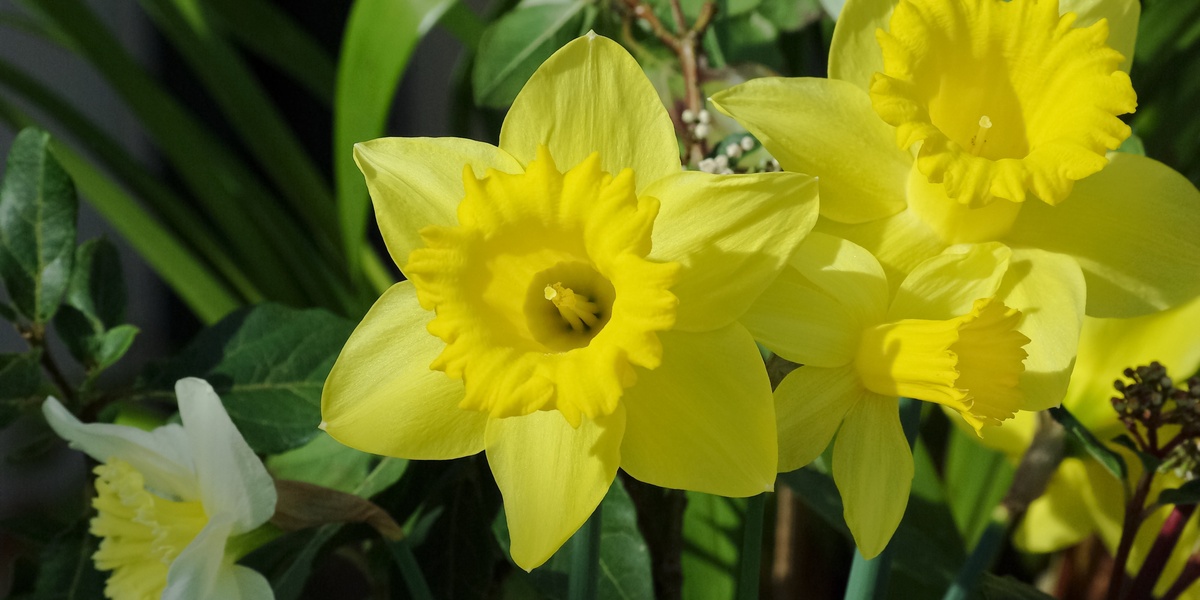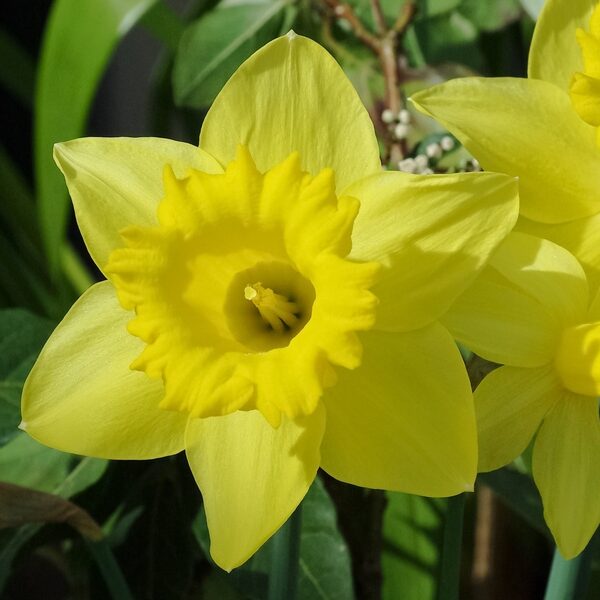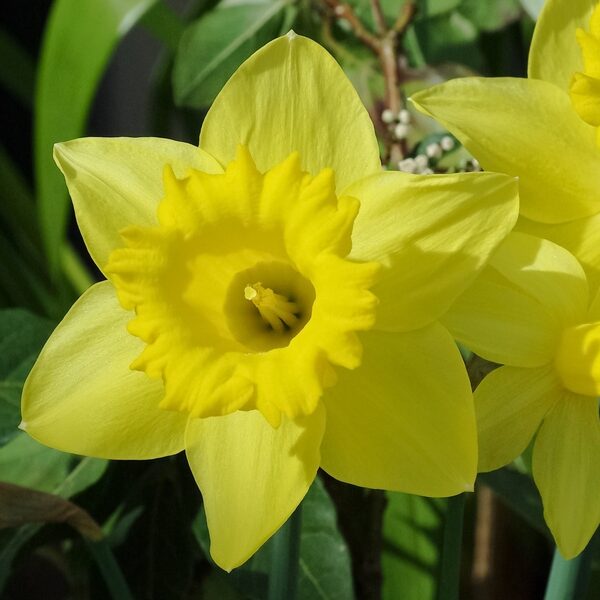This list includes 44 Flowers that start with M, from “Magnolia” to “Myrtle”. Many are garden favorites, popular as cut flowers, landscape specimens, or notable wildflowers with seasonal blooms.
Flowers that start with M are showy, flowering plants whose common names begin with the letter M. Many, like the fragrant “Magnolia”, feature cultural importance in gardens and regional traditions worldwide.
Below you’ll find the table with scientific name (binomial), colors, locations, and season.
Scientific name (binomial): Helps you cross-reference each flower to a formal botanical name for accurate identification.
Colors: Lists principal flower colors so you can select plants for palette coordination and visual planning.
Locations: Shows native and widely naturalized regions so you can understand climate suitability and biogeography.
Season: Gives typical flowering months or seasons, noting hemisphere differences so you plan planting or viewing.
Flowers that start with M
| Common Name | Scientific Name | Colors | Locations & Season |
|---|---|---|---|
| Magnolia | Magnolia grandiflora | White, cream | native: Southeastern US / May–Jun (N hemisphere) |
| Mandevilla | Mandevilla sanderi | Pink, red, white | native: Brazil / May–Oct (N hemisphere) |
| Manzanita | Arctostaphylos manzanita | White, pink | native: California (USA) / Jan–Mar (N hemisphere) |
| Marigold, African | Tagetes erecta | Orange, yellow, cream | native: Mexico & Central America / Jun–Oct (N hemisphere) |
| Marigold, French | Tagetes patula | Orange, yellow, red, bicolor | native: Mexico & Guatemala / Jun–Oct (N hemisphere) |
| Marsh Marigold | Caltha palustris | Yellow | native: Europe, Asia, North America / Apr–Jun (N hemisphere) |
| Masterwort | Astrantia major | White, pink, green, red | native: Central & Eastern Europe / Jun–Aug (N hemisphere) |
| Matilija Poppy | Romneya coulteri | White, yellow | native: Southern California & Mexico / May–Jul (N hemisphere) |
| Maximilian Sunflower | Helianthus maximiliani | Yellow | native: Central North America / Aug–Oct (N hemisphere) |
| Mayapple | Podophyllum peltatum | White, pink | native: Eastern North America / Apr–May (N hemisphere) |
| Mayflower | Epigaea repens | White, pink | native: Eastern North America / Mar–May (N hemisphere) |
| Meadow Rue | Thalictrum aquilegiifolium | Pink, purple, white | native: Europe & temperate Asia / May–Jul (N hemisphere) |
| Meadow Sage | Salvia pratensis | Blue, purple, pink, white | native: Europe, W. Asia, N. Africa / May–Jul (N hemisphere) |
| Meadowfoam | Limnanthes douglasii | White, yellow | native: Western North America / Mar–Jun (N hemisphere) |
| Meadowsweet | Filipendula ulmaria | Cream, white | native: Europe & Western Asia / Jun–Sep (N hemisphere) |
| Meconopsis | Meconopsis betonicifolia | Blue, purple, white | native: Himalayas / Jun–Jul (N hemisphere) |
| Mexican Hat | Ratibida columnifera | Red, yellow, bicolor | native: North America / Jun–Sep (N hemisphere) |
| Mexican Petunia | Ruellia simplex | Purple, pink, white | native: Mexico, S. America / Jun–Oct (N hemisphere) |
| Mexican Sunflower | Tithonia rotundifolia | Orange, red | native: Mexico & Central America / Jul–Oct (N hemisphere) |
| Michaelmas Daisy | Symphyotrichum novi-belgii | Purple, blue, pink, white | native: Eastern North America / Aug–Oct (N hemisphere) |
| Mignonette | Reseda odorata | White, green, yellow | native: Mediterranean region / Jun–Sep (N hemisphere) |
| Milkweed, Common | Asclepias syriaca | Pink, mauve, white | native: Eastern North America / Jun–Aug (N hemisphere) |
| Milkweed, Swamp | Asclepias incarnata | Pink, mauve, white | native: Eastern North America / Jul–Sep (N hemisphere) |
| Milkwort, Showy | Polygala calcarea | Blue, purple | native: Western Europe / May–Jul (N hemisphere) |
| Million Bells | Calibrachoa hybrid | All colors except true blue | Cultivated hybrid / May–Oct (N hemisphere) |
| Mimosa | Albizia julibrissin | Pink, white | native: Asia; naturalized: worldwide / Jun–Aug (N hemisphere) |
| Mint | Mentha spicata | Lilac, pink, white | native: Europe & Asia; naturalized: worldwide / Jul–Sep (N hemisphere) |
| Missouri Primrose | Oenothera macrocarpa | Yellow | native: Central US / May–Aug (N hemisphere) |
| Mock Orange | Philadelphus coronarius | White, cream | native: Southern Europe / May–Jun (N hemisphere) |
| Monarda | Monarda didyma | Red, pink, purple, white | native: Eastern North America / Jul–Sep (N hemisphere) |
| Money Plant | Lunaria annua | Purple, white | native: Southeast Europe / Apr–Jun (N hemisphere) |
| Monkey Flower | Mimulus guttatus | Yellow, red spots | native: Western North America / May–Aug (N hemisphere) |
| Monkshood | Aconitum napellus | Blue, purple, white | native: Western & Central Europe / Jul–Aug (N hemisphere) |
| Montbretia | Crocosmia x crocosmiiflora | Orange, red, yellow | Cultivated hybrid of S. African species / Jul–Sep (N hemisphere) |
| Moonflower | Ipomoea alba | White | native: Tropical Americas / Jul–Oct (N hemisphere) |
| Morning Glory | Ipomoea purpurea | Blue, purple, pink, white | native: Mexico & Central America; naturalized: worldwide / Jul–Sep (N hemisphere) |
| Moss Rose | Portulaca grandiflora | Pink, red, yellow, orange, white | native: South America / Jun–Sep (N hemisphere) |
| Mother of Thousands | Kalanchoe daigremontiana | Pink, gray, reddish | native: Madagascar / Varies (often winter) |
| Mountain Bluet | Centaurea montana | Blue, purple, white | native: Mountains of Europe / May–Jun (N hemisphere) |
| Mountain Laurel | Kalmia latifolia | White, pink | native: Eastern US / May–Jun (N hemisphere) |
| Mullein, Common | Verbascum thapsus | Yellow | native: Europe, N. Africa, Asia; naturalized: worldwide / Jun–Sep (N hemisphere) |
| Musk Mallow | Malva moschata | Pink, white | native: Europe & Southwestern Asia / Jul–Sep (N hemisphere) |
| Muscari | Muscari armeniacum | Blue, purple, white | native: Southeastern Europe / Apr–May (N hemisphere) |
| Myrtle | Myrtus communis | White | native: Mediterranean region / Jul–Aug (N hemisphere) |
Descriptions
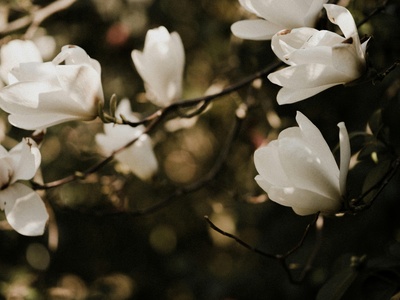
Magnolia
An iconic tree famed for its huge, fragrant white flowers and glossy evergreen leaves. A true showstopper in any landscape where it can grow.
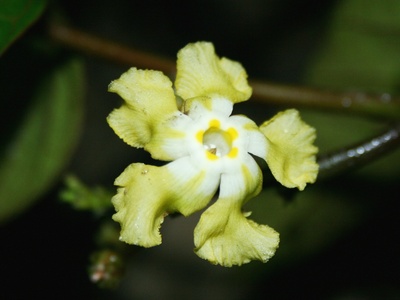
Mandevilla
A tropical vine prized for its large, trumpet-shaped flowers and glossy leaves. Popular in hanging baskets and containers in temperate climates.
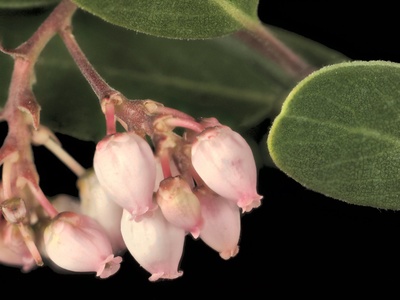
Manzanita
A beautiful evergreen shrub known for its smooth, reddish bark and urn-shaped flowers. It’s a cornerstone of West Coast native gardens.
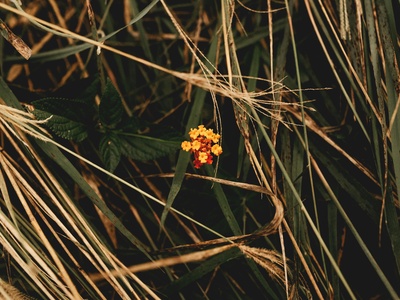
Marigold, African
Known for its large, pom-pom like blooms, this cheerful annual is a garden staple. It’s taller than its French cousin and great for borders.
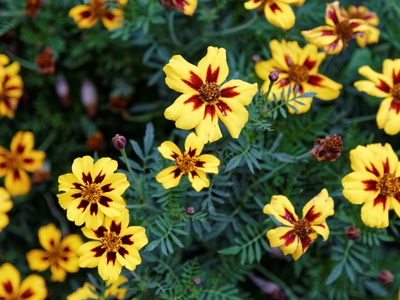
Marigold, French
A compact and bushy annual with famously bright flowers. Often used for edging beds and in vegetable gardens to deter pests.
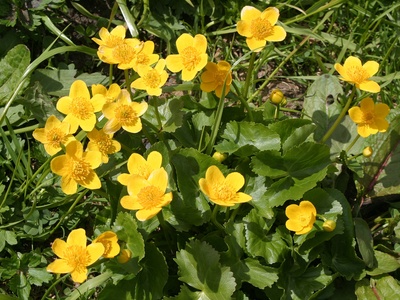
Marsh Marigold
Despite its name, it’s not a true marigold. This cheerful wildflower brightens up marshes and wet meadows with its sunny, buttercup-like flowers.
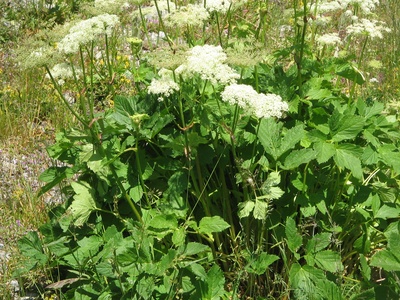
Masterwort
A unique perennial with intricate, pincushion-like flowers surrounded by papery bracts. A favorite in cottage gardens for its subtle beauty.
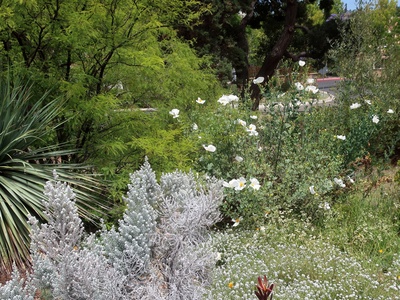
Matilija Poppy
Nicknamed the “fried egg plant” for its enormous white petals and golden center. A spectacular, fast-spreading perennial for sunny, dry spots.
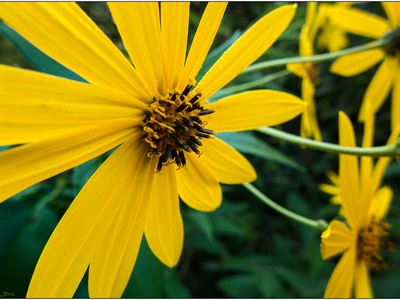
Maximilian Sunflower
A towering perennial sunflower that produces masses of bright yellow flowers on tall stalks in late summer, providing a feast for pollinators.
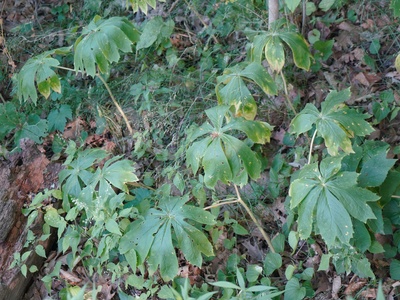
Mayapple
A unique woodland plant with umbrella-like leaves that hide a single, waxy white flower. It forms dense colonies in shady, moist areas.
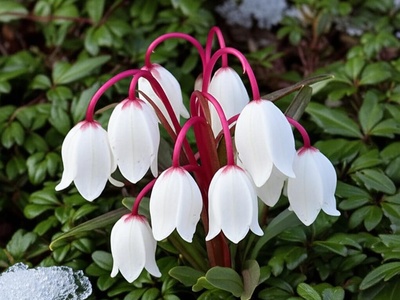
Mayflower
A low-growing, evergreen groundcover with incredibly fragrant, bell-shaped flowers that appear in early spring, often under melting snow.
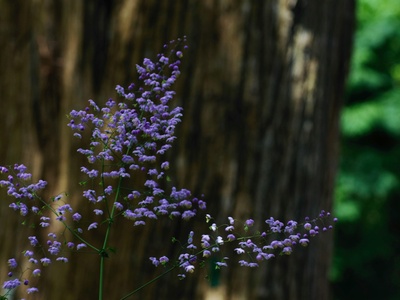
Meadow Rue
A graceful perennial with delicate, columbine-like foliage and airy clouds of fluffy flowers. It adds a soft, elegant texture to the garden.
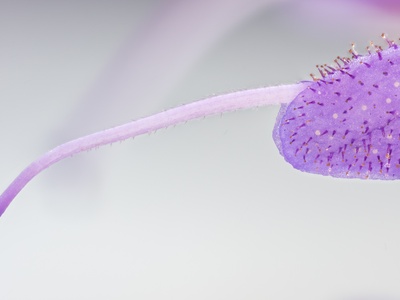
Meadow Sage
A hardy perennial sage with spikes of vibrant, nectar-rich flowers that are highly attractive to bees and butterflies. A classic cottage garden plant.
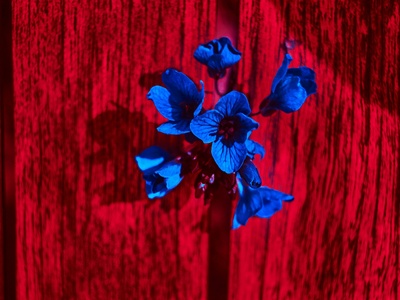
Meadowfoam
A low-growing annual that produces a stunning mass of white-and-yellow flowers, resembling foam on a meadow. Great for beneficial insects.
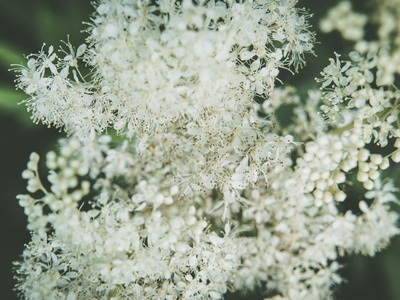
Meadowsweet
A tall perennial found in damp meadows, known for its frothy clusters of sweetly scented, almond-like flowers. Historically used in flavorings.
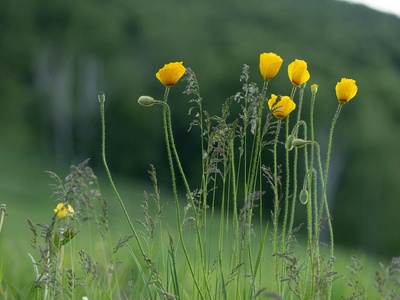
Meconopsis
Famous as the legendary Himalayan Blue Poppy. This stunning perennial is sought after for its breathtaking, sky-blue, papery flowers.
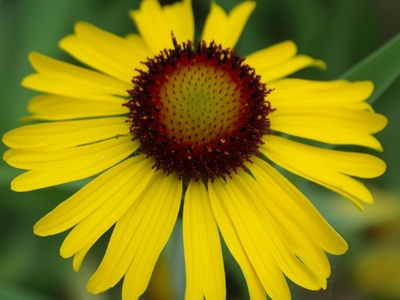
Mexican Hat
A prairie wildflower named for its distinctive shape: drooping petals surround a tall, cone-shaped center, resembling a sombrero.
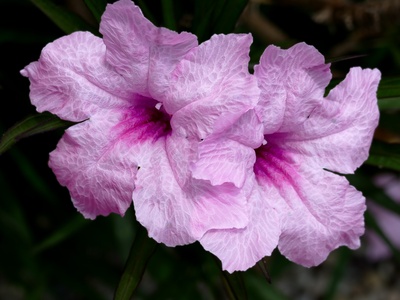
Mexican Petunia
A tough perennial with trumpet-shaped flowers that resemble petunias. It thrives in heat but can be invasive in warm climates.
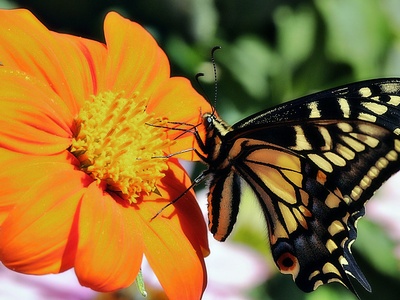
Mexican Sunflower
A tall, heat-loving annual with vibrant, daisy-like orange flowers. It’s a magnet for butterflies and adds a bold splash of color to the garden.
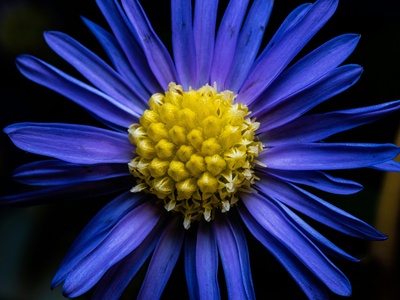
Michaelmas Daisy
A classic autumn-blooming perennial, providing a final burst of color before winter. These aster relatives are vital late-season nectar sources.
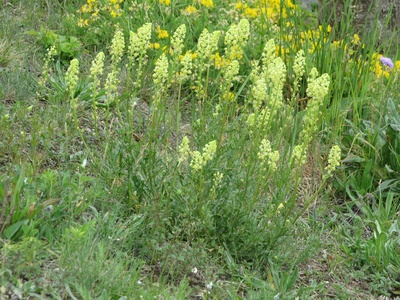
Mignonette
An old-fashioned annual not known for showy looks but for its divine, sweet fragrance. A must-have for any historic or scent-focused garden.
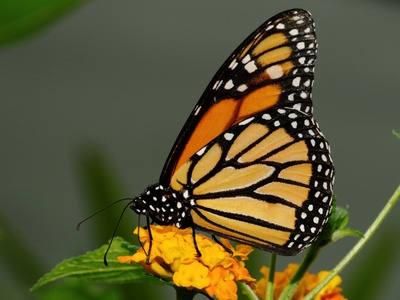
Milkweed, Common
A vital wildflower for monarch butterflies, acting as the host plant for their caterpillars. Features large globes of fragrant, intricate pink flowers.
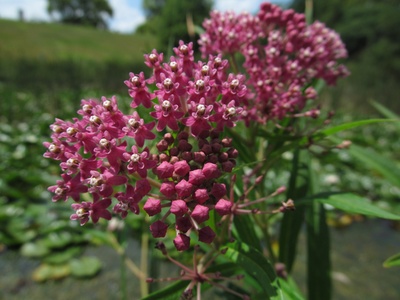
Milkweed, Swamp
A moisture-loving milkweed with clusters of beautiful pink flowers. It’s another monarch butterfly favorite and is perfect for rain gardens.
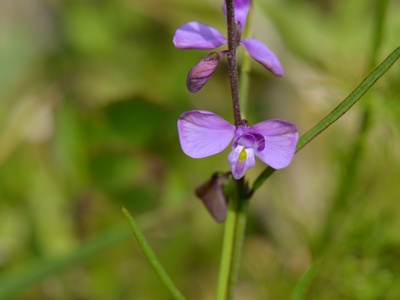
Milkwort, Showy
A low-growing wildflower that forms mats of foliage, topped with small but intensely colored blue flowers, often found in chalky grasslands.
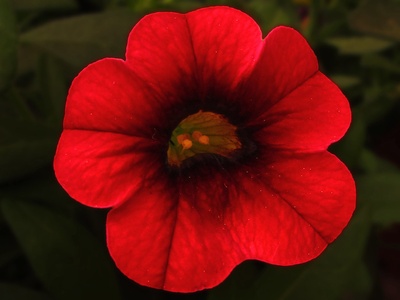
Million Bells
A prolific trailing annual that looks like a miniature petunia. It covers itself in hundreds of small, bell-shaped flowers all summer long.
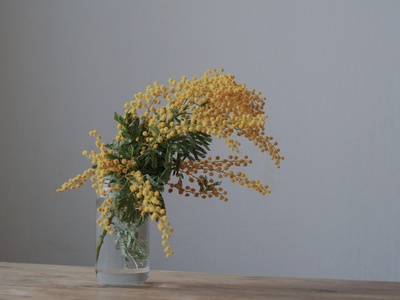
Mimosa
Also known as the Silk Tree, it’s loved for its fern-like leaves and fluffy, pink, pom-pom flowers that attract hummingbirds.
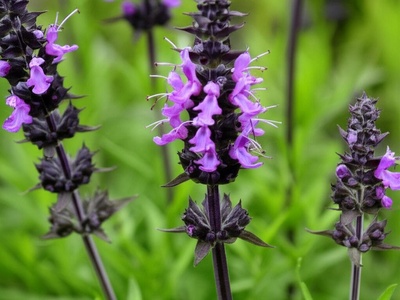
Mint
While grown for its leaves, this herb produces whorls of small, nectar-rich flowers on upright spikes that are extremely popular with bees.
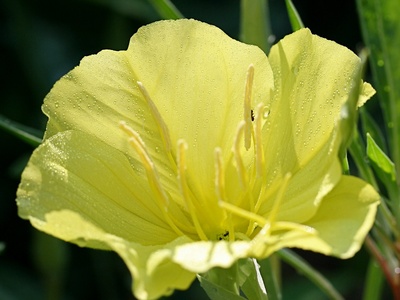
Missouri Primrose
A sprawling perennial with huge, fragrant, lemon-yellow flowers that open in the evening. It’s incredibly drought-tolerant and loves full sun.
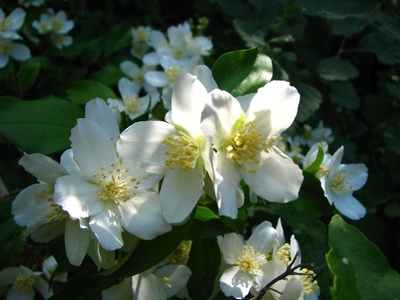
Mock Orange
A deciduous shrub beloved for its heavenly orange-blossom fragrance. In late spring, it’s covered in a profusion of pure white flowers.
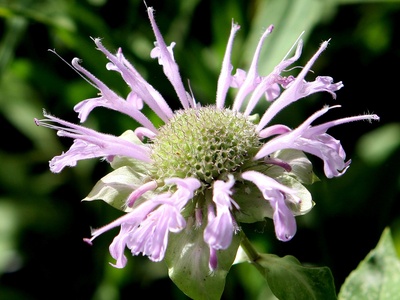
Monarda
Commonly known as Bee Balm, this perennial has unique, crown-like flowerheads that are irresistible to bees, hummingbirds, and butterflies.
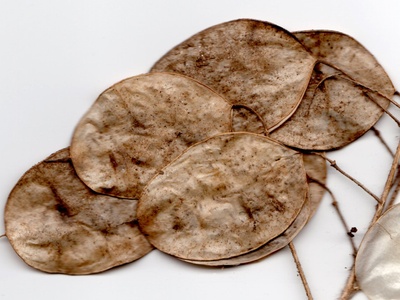
Money Plant
Also called Honesty, it’s grown for its silvery, coin-like seed pods, but also produces lovely clusters of purple or white flowers in spring.
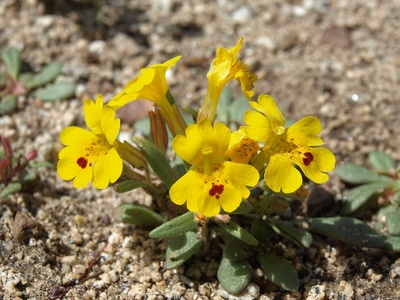
Monkey Flower
Often found in wet places, this wildflower has cheerful, snapdragon-like flowers that are often spotted, supposedly resembling a monkey’s face.
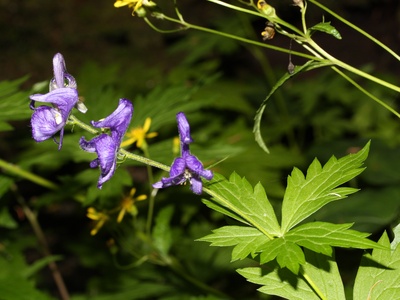
Monkshood
A striking perennial with tall spires of hooded, helmet-shaped flowers. It’s a beautiful but highly poisonous plant that should be handled with care.
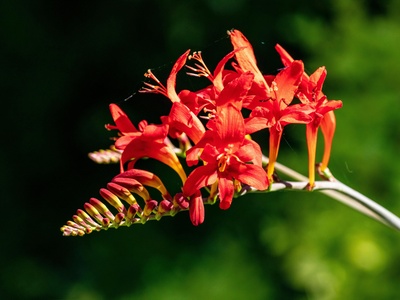
Montbretia
A vigorous perennial with sword-like leaves and arching sprays of fiery, funnel-shaped flowers. It adds a tropical feel to temperate gardens.
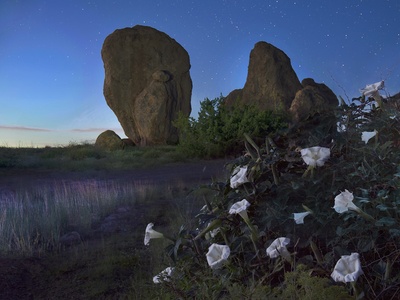
Moonflower
A close relative of the morning glory, this vine produces huge, fragrant white flowers that open at dusk and bloom through the night.
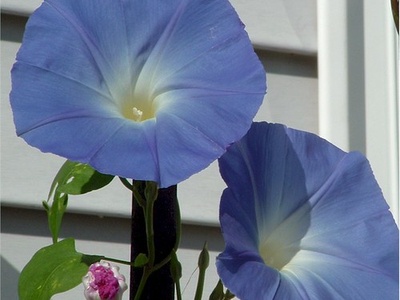
Morning Glory
A fast-growing annual vine with beautiful trumpet-shaped flowers that unfurl in the morning sun and close in the afternoon.
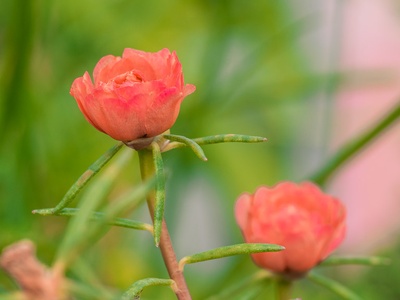
Moss Rose
A low-growing, sun-loving annual with succulent leaves and bright, rose-like flowers. It thrives in hot, dry conditions.
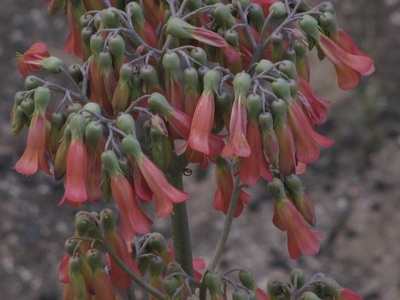
Mother of Thousands
A fascinating succulent that produces tiny plantlets along its leaf edges. Mature plants can send up a tall stalk with clusters of bell-shaped flowers.
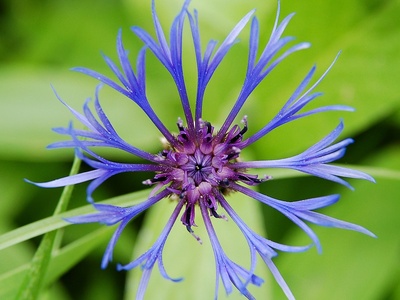
Mountain Bluet
A perennial cornflower with fringed, thistle-like flowers. It’s a tough, easy-to-grow plant that readily spreads in the garden.
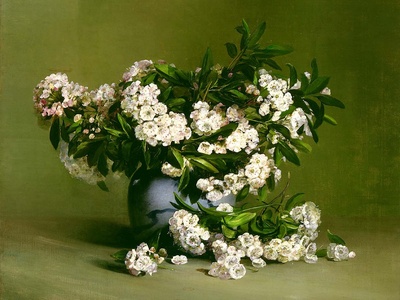
Mountain Laurel
A spectacular broadleaf evergreen shrub that produces large clusters of intricate, cup-shaped flowers. A true gem of North American woodlands.
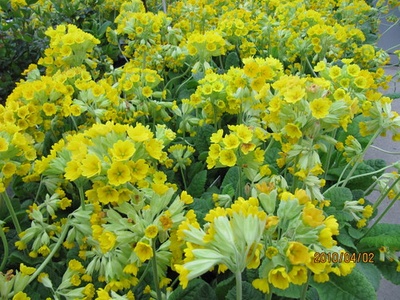
Mullein, Common
A dramatic biennial with fuzzy, silver leaves and a tall, poker-like flower spike packed with small yellow blossoms. Often seen in disturbed soil.
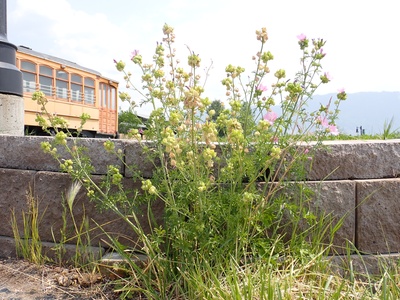
Musk Mallow
A charming wildflower relative of the hollyhock, featuring large, satiny pink or white flowers and finely divided leaves with a faint musky scent.
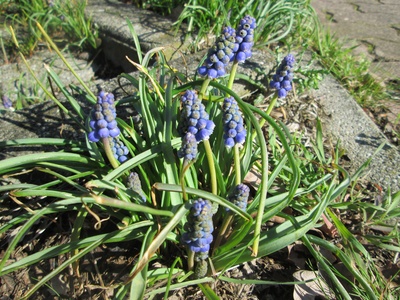
Muscari
Commonly called Grape Hyacinth, these small bulbs produce dense spikes of tiny, bell-shaped, cobalt-blue flowers that resemble clusters of grapes.
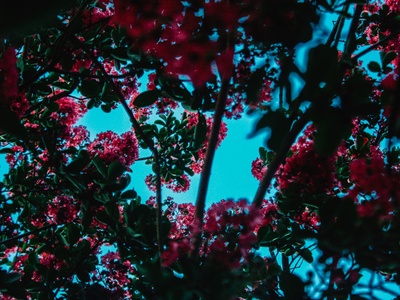
Myrtle
An aromatic evergreen shrub with glossy leaves and delicate, fluffy white flowers with a puff of golden stamens. A classic in historic gardens.
